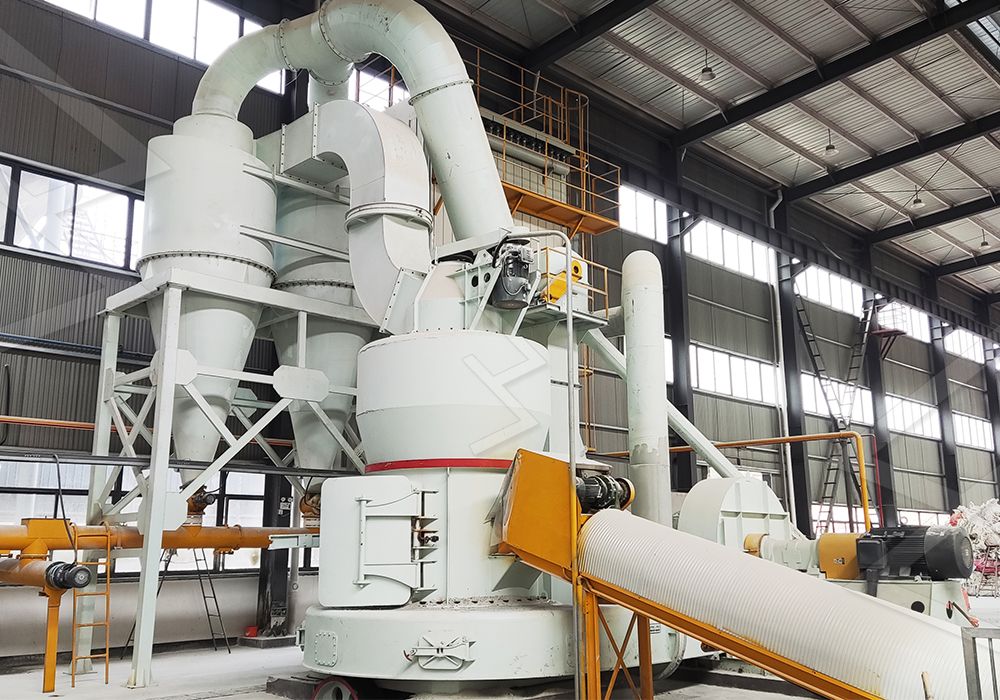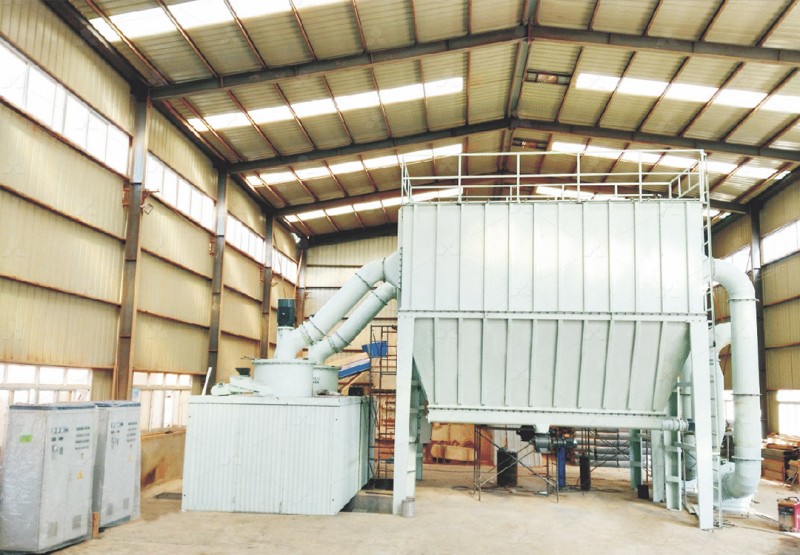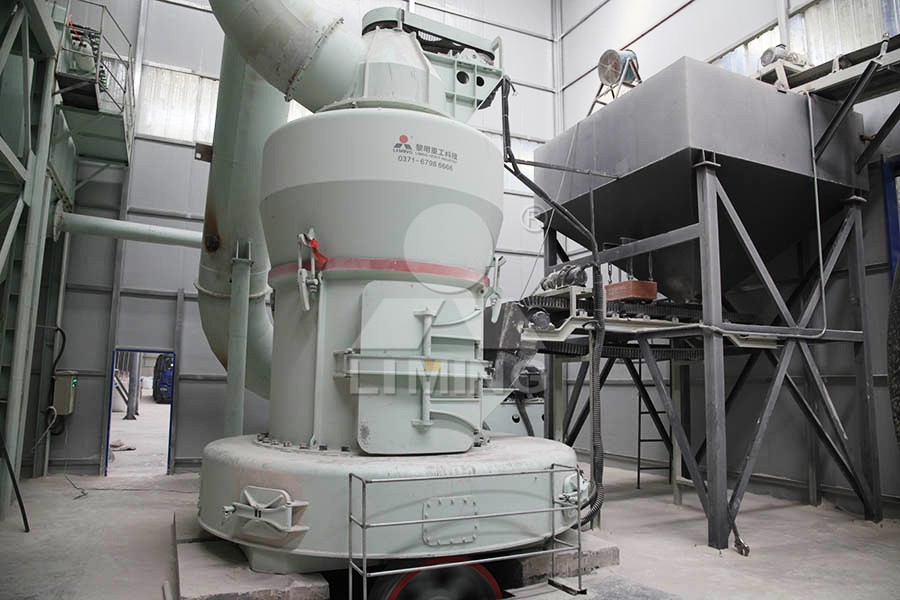Fluorite Grinding Mill Plant Price and Configuration Guide
Fluorite Grinding Mill Plant Price and Configuration Guide
Selecting the right grinding mill for fluorite processing is a critical decision that impacts operational efficiency, product quality, and overall profitability. Fluorite, a crucial industrial mineral, demands precise milling to achieve the fine powders required in sectors like chemicals, ceramics, and metallurgy. This guide provides a professional overview to help you navigate the key considerations for your fluorite grinding plant, focusing on performance, cost, and configuration.
The primary factors influencing the price of a fluorite grinding plant include mill capacity, desired fineness, energy consumption, and auxiliary equipment like dust collectors and feeders. While initial investment is important, long-term operational costs—such as power usage, maintenance, and spare parts—often determine the true value. A well-configured plant balances these elements to deliver consistent, high-quality powder while minimizing downtime and environmental impact.

For ultra-fine fluorite powder production (325-2500 meshes), the MW Ultrafine Grinding Mill stands out as a top choice. With an input size of 0-20 mm and capacity ranging from 0.5 to 25 tph, it combines high yield with low energy consumption. Its innovative design, including a cage-type powder selector and absence of rolling bearings in the grinding chamber, ensures precision and reliability. The integrated pulse dust collector and muffler make it an eco-friendly option, aligning with modern environmental standards. This mill is ideal for producing fine fluorite powders used in advanced applications like cosmetics and food additives, where purity and consistency are paramount.
Another excellent option for finer fluorite grinding is the LUM Ultrafine Vertical Grinding Mill, which handles input sizes up to 10 mm and capacities of 5-18 tph. It features advanced roller technology and multi-head powder separating capabilities, reducing energy use by 30-50% compared to conventional mills. Its reversible structure simplifies maintenance, while digital controls enhance operational stability. This mill excels in producing superfine dry powders with high whiteness and cleanliness, making it suitable for premium fluorite products.

When configuring your plant, consider factors like feed size, moisture content, and target output. Auxiliary components—such as crushers, elevators, and automated control systems—should be selected to match the mill’s capabilities. For instance, if your raw fluorite has a larger initial size, a jaw crusher might be necessary for pre-processing. Additionally, investing in energy-efficient mills can lead to significant cost savings over time, as grinding typically accounts for a substantial portion of a plant’s power consumption.
Ultimately, the right configuration depends on your specific production goals and budget. Consulting with experts can help tailor a solution that optimizes performance and cost-effectiveness. Below, we address common questions to further assist in your decision-making process.
Frequently Asked Questions (FAQ)
Q: What is the typical price range for a fluorite grinding mill plant?
A: Prices vary widely based on capacity and features, but a standard setup can range from $50,000 to $500,000. Factors like automation, fineness requirements, and environmental controls influence the final cost.
Q: How do I choose between different mill types for fluorite?
A: Consider the desired powder fineness, production capacity, and energy efficiency. For ultra-fine powders, the MW or LUM series are recommended; for larger capacities, vertical mills like LM may be more suitable.
Q: What maintenance is required for these mills?
A: Regular checks on grinding rollers and seals are essential. Models like the MW Ultrafine Grinding Mill minimize maintenance with external lubrication and no internal screws, reducing downtime.

Q: Can these mills handle other minerals besides fluorite?
A: Yes, they are versatile and can process materials like limestone, calcite, and barite, making them a flexible investment for various industrial applications.
